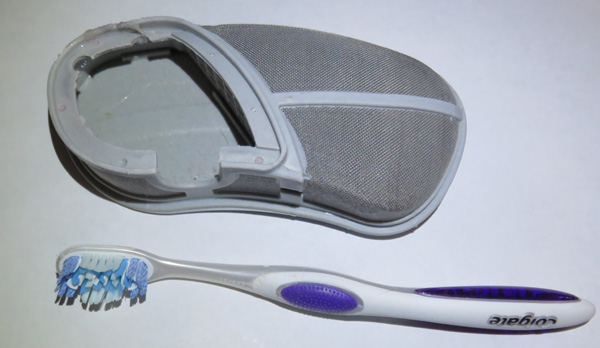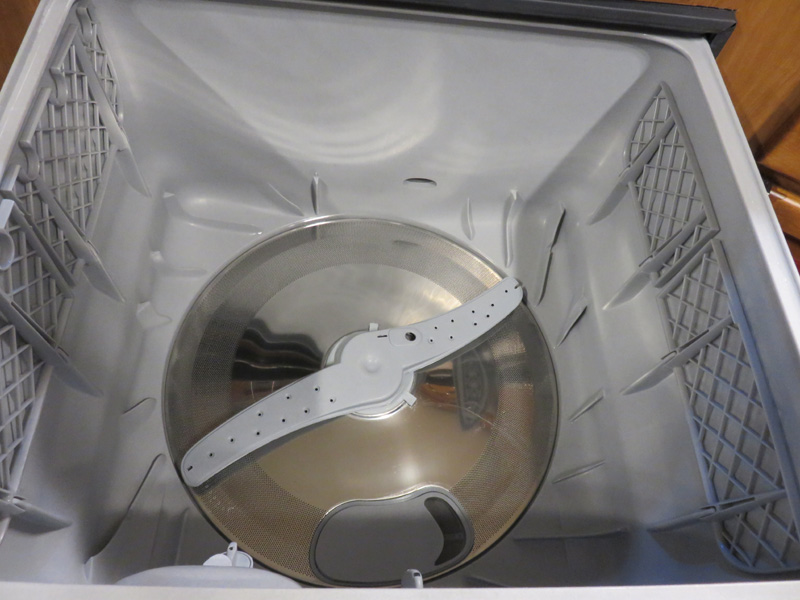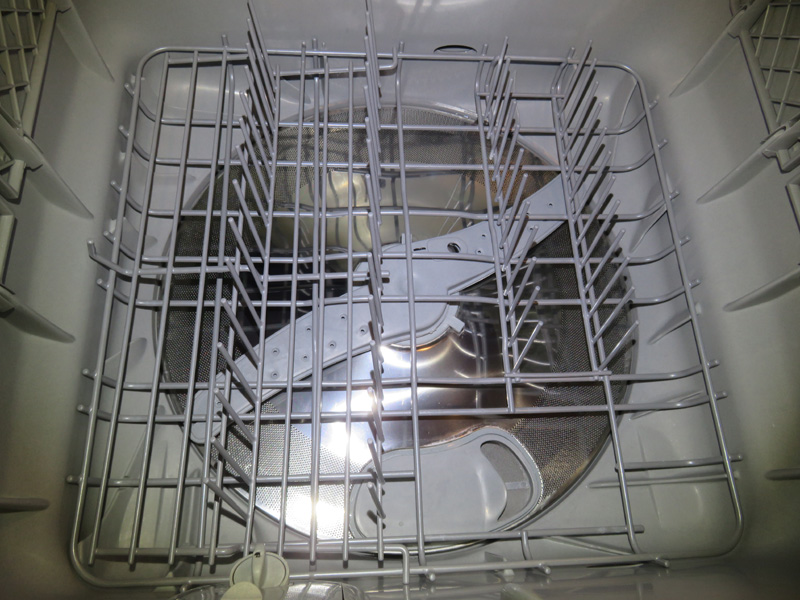You’re thinking the dishwasher cleans itself. Right? Not so. Each time you add dishes that contain minute food particles in a moist, hot environment, you have the perfect breeding ground for fungi, bacteria and microorganisms. According to a January 2018 microorganism study in the Journal of Applied and Environmental Microbiology, the culprits that promote mold, viruses and infections are the yucky funk to get rid of.

The COVID-19 pandemic kept many RVers from traveling last summer and beyond. But what’s that got to do with fungi, mold, mildew or bacteria in your dishwasher? Your RV dishwasher needs sanitizing every now and then, especially if it has sat idle through a warm climate, and for your health as well. Fungi, bacteria and mold cause a host of irritants to our sinuses, lungs and skin.

Another offender to funky odor is standing water in the filter and around the rubber seal. The quality of water you’re pumping into your RV may also contain microorganisms that stimulate fungal proliferation.
Knowing that food particIes eventually create their own ecosystem, I diligently remove the preponderance of food and rinse dishes prior to placing in the dishwasher. After reading more studies, I decided to inspect our dishwasher and sanitize it. Looking into dishwasher cleaning agents, I didn’t want to add more chemicals into our gray tank, so decided to sanitize it naturally with ingredients already in our coach.

Most of us agree that bacteria and fungi cause mold. Here’s my five-steps to a sanitized dishwasher:
- First, I dipped a clean sponge in vinegar and warm water and wiped around the rubber seal, checking for mold. Then I wiped the seal again with a damp microfiber cloth to remove any excess vinegar and dried the seal.
- I removed the racks and pulled out the filter. The filter looked slimy, so I scrubbed it with a toothbrush in hot soapy water. I soaked up the water that remained in the filter well with paper towels.
- Next, I filled a 1 cup measuring cup with distilled white vinegar and placed it in the middle of the rack, set the dishwasher on the hottest cycle. Hint: turn the faucet on hot first before starting the dishwasher so hot water is in the pipeline.
- After the cycle has stopped and the dishwasher has cooled, sprinkle ¾ to 1 cup of baking soda in the bottom of the dishwasher. Run the cycle once again, short duration, warm/hot temperature. If the spray arm remains occluded, soak it in water and scrub the holes with a toothbrush to remove excess soap.
- After this cycle has stopped and the dishwasher has cooled, wipe the bottom of the dishwasher as it should be shiny, sanitized and smelling fresh.

When reassembling the dishwasher, make sure the spray arm twirls easily. Replace the filter, rack and silverware holder. If you have serious mold, you can also dilute bleach and wipe the rubber seal. However, vinegar is a natural bactericidal which inhibits growth and kills some food-borne pathogenic bacteria. If you regularly sanitize your dishwasher monthly, the components should last longer, and you avoid funky odor and an ecosystem.
Read the edited article published April 8, 2021 here: Fungal jungle in your dishwasher? Sanitize it in 5 easy steps – RV Travel
Kate Doherty has been writing for more than 30 years in technical and general media. In her previous business, she and her spouse dealt with special projects within the military/government sector. Recently she published “Masquerade: A Logan Scott Novel” under the pen name Bryan Alexander, a thriller now available in eBook and paperback on Amazon. It’s a page-turner!